Description
When you purchase a complete ETC Pask Permeameter Kit, you will receive a set of our convenient, standard Quick Field Reference Tables for the four major soil capillarity categories. Once your permeameter test is complete (the rate of fall has reached quasi-steady state), you should be able to determine the Kfs value in about 10 seconds or less using our Quick Field Reference Tables.
Our standard tables that come with our complete kit were developed and apply specifically to the ETC Pask Permeameter and the auger sold with our kit. The standard tables do not apply to permeameters of different construction, manufactured by others, or having different reservoir dimensions or different well height (H) values. The standard tables should also not be used with augers which produce a well hole diameter different than the auger sold with our kit.
Our standard Quick Reference Tables are based on the single ponded height method of determining Kfs. Assumptions made in the development of our standard tables are:
- Based on the dimensions of our ETC Pask Permeameter, with the upper reservoir constructed from special lightweight, plastic tubing (not heavy clear SCH40 PVC).
- Air inlet hole 15cm from the bottom of the ETC Pask Permeameter, which will produce a constant well height (H) = 15 cm.
- Use of our AMS Riverside (nominal) 2 ¾” auger, which typically produces a well hole with an approximate diameter of 8.3cm (3.25″).
If you have your own auger and it produces a different size well hole then you have a few different options to determine Kfs.
1. RECOMMENDED: Use our Custom Quick Field Reference Tables based on your specific auger dimensions. Determine Kfs in 10 seconds or less! Note, if you purchase our complete ETC Pask Permeameter Kit, it already comes with a set of Standard Quick Field Reference Tables specific to the permeameter and auger which comes with the kit. So it is not necessary to request or order any custom tables.
2. Use our handy Spreadsheet for Calculating Kfs which does all the calculations for you. Requires a spreadsheet application such as Microsoft Excel or Libre Office or Open office Calc.
3. Calculate Kfs from first principles using the CHWP formulas described by Reynolds (2008) and contained in our user guide. Example calculations are outlined below.
If you wish to use or purchase Custom Quick Reference Tables, simply provide us with the well hole diameter that is produced by your auger. This information should be emailed to , or included as a note during the checkout process.
Example of how to calculate Kfs by from first principles (using single ponded height method):
*Note, the process outlined below is time consuming and is not necessary if you use our convenient Quick Field Reference Tables to determine Kfs.
The soil type as determined from examination of a test pit near to the permeability test location is a sandy loam with a weak blocky structure.
Table 2.1: Texture – Structure Categories for Visual Estimation of a*
| TEXTURE – STRUCTURE CATEGORY | Soil Capillarity
Category |
a* (cm-1) |
| Coarse and gravelly sands; may also include some highly structured soils with large cracks and /or macropores. | Weak | 0.36 |
| Most structured and medium textured materials; including structured clayey and loamy soils, as well as unstructured medium single-grain sands. This category is generally the first choice for most soils. | Moderate | 0.12 |
| Porous materials that are both fine textured and massive; including unstructured clayey and silty soils, as well as very fine to fine structureless sandy materials. | Strong | 0.04 |
| Compacted, structureless, clayey materials such as landfill caps and liners, lacustrine or marine sediments. | Very Strong | 0.01 |
Source: Adapted from Reynolds, W.D., (2008) and Reynolds et al (2015).
Based on a visual assessment of the soil capillarity category, from Table 2.1 (above) we select:
a* = 0.12 cm-1
From the field permeameter test, the steady state rate of fall (R) was determined to be:
R = 0.20 cm/min
The completed well hole diameter is 8.3 cm.
For the standard ETC Pask Permeameter:
X = Reservoir cross sectional area = 53.46 cm2 (inside diameter is 8.25 cm)
H = Height of constant head in well=15 cm (from bottom of the cap to the air inlet hole)
For the AMS Riverside auger, the typical well hole diameter = 8.3 cm, therefore a = 4.15 cm (well hole radius)
Calculating:
H/a = 15/4.15 = 3.61
Therefore, from the C Factor Chart in the user guide, we can determine that:
C = 1.36 (for a* = 0.12 cm-1)
Calculating:
Q = XR = 53.46 x 0.20 = 10.69 cm3/min
Calculate Kfs using Equation 1:
Kfs = CQ / [2pH2 +Cpa2 + (2pH/a*)]
Where formula constants are grouped and named as “A” and “B”:
A = 2pH2/C +pa2 B = 2pH/C
Therefore, to calculate the field saturated hydraulic conductivity:
Kfs = Q/(A + B/a*)
Calculating:
A = (2p152)/1.36 + p4.152 = 1093.60cm2
B = (2p15)/1.36 = 69.30cm2
Finally calculating:
Kfs = Q/(A + (B/a*)
Kfs = 10.69/(1093.60+69.30/0.12) cm/min
Kfs = 6.3 x 10-3 cm/min
Kfs = 1.1×10-6 m/sec
References:
Reynolds,W.D. and Galloway, K.A. and Radcliffe, D.E. 2015. The relationship between perc time and field-saturated hydraulic conductivity for cylindrical test holes. Proceedings of the Annual Conference of the National Onsite Wastewater Recycling Association, West Virginia Beach, West Virginia. November 2015.
Reynolds,W.D. 2008, Saturated Hydraulic Properties: Well Permeameter. In Carter, M.R. and Gregorich, E.G. (Eds.), Soil Sampling and Methods of Analysis (2nd ed.). Canadian Society of Soil Science. CRC Press, Boca Raton, FL., USA, pp. 1025-1042.

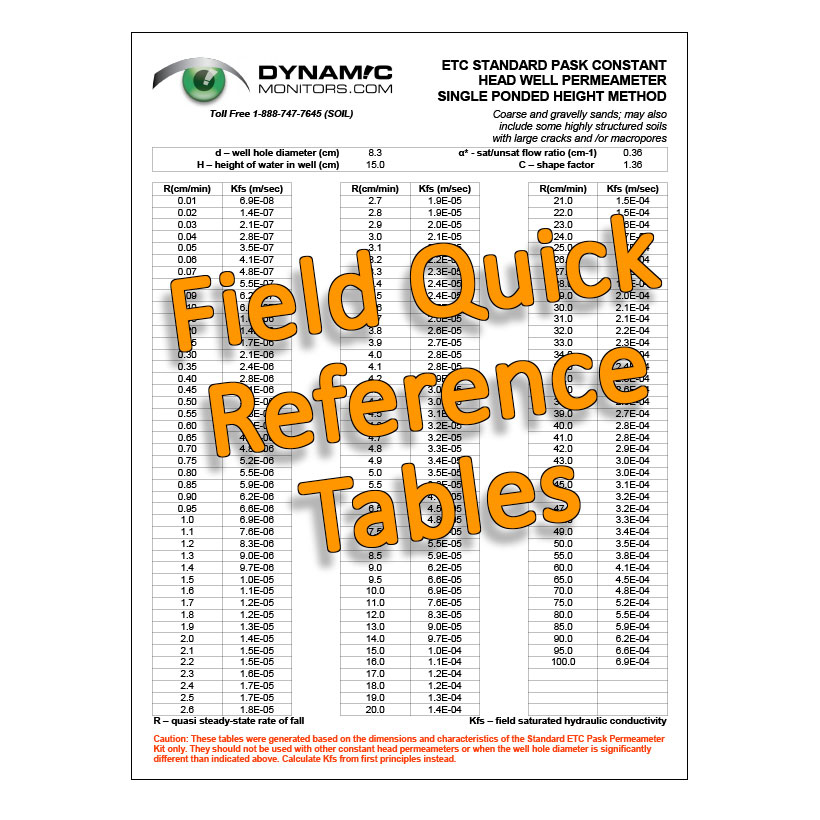
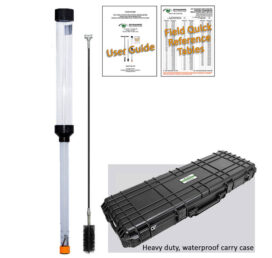
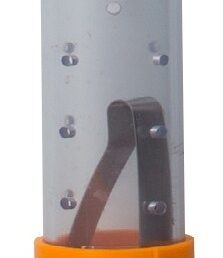
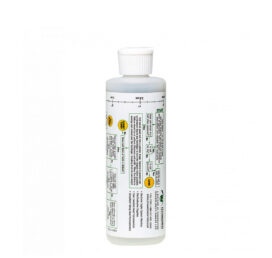
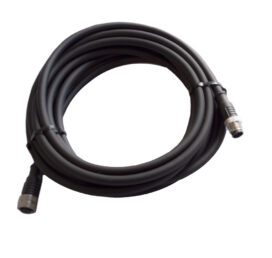
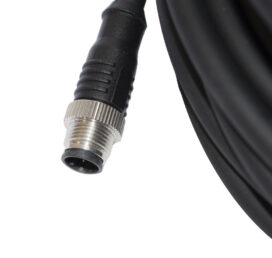
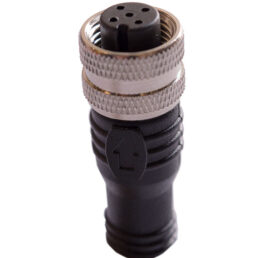
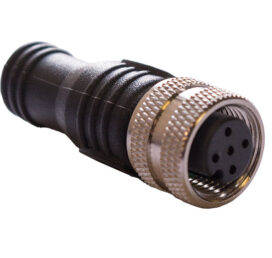
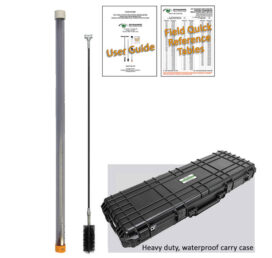
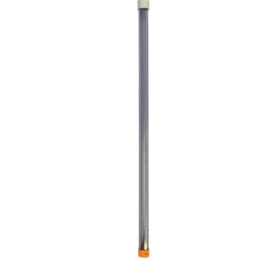
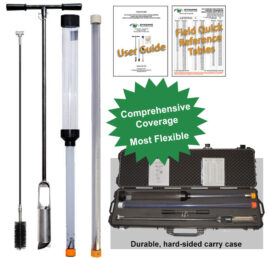
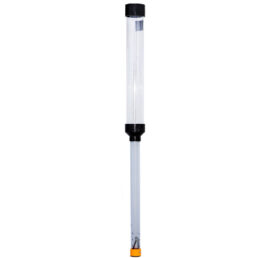
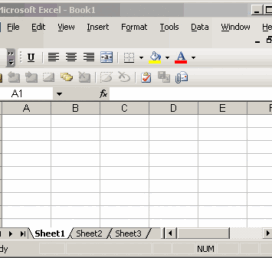
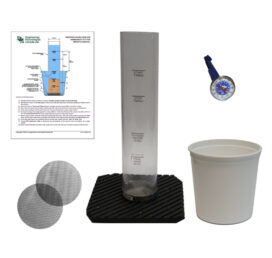
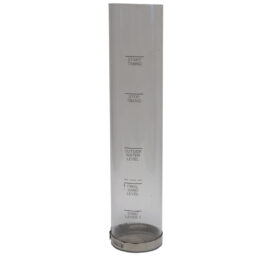
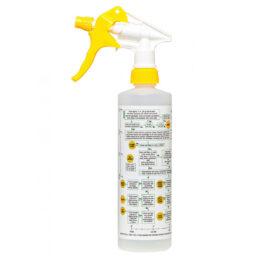
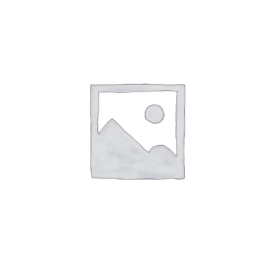
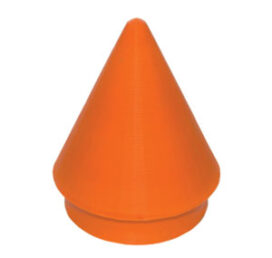
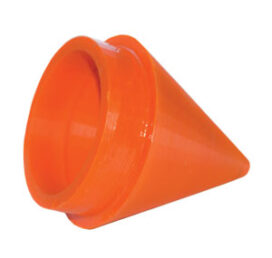
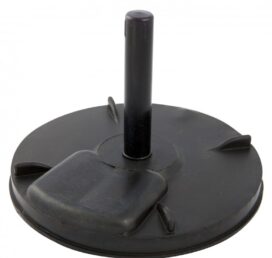
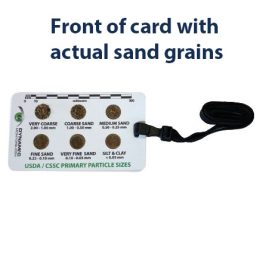
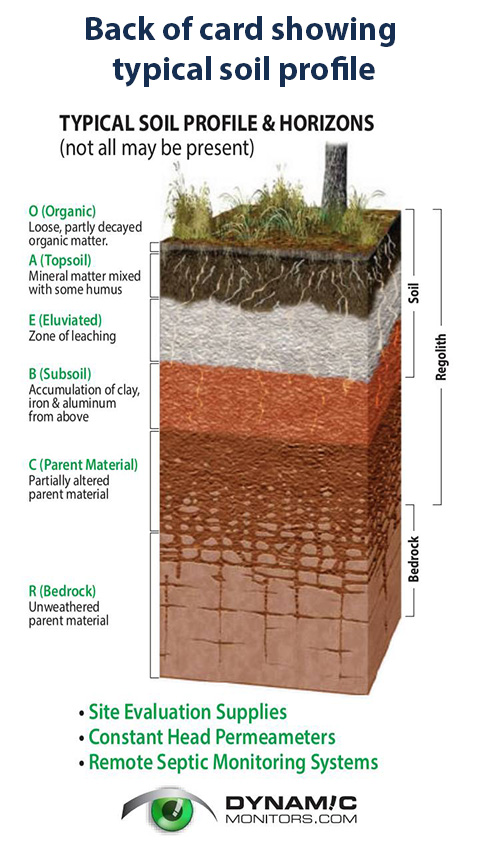
Reviews
There are no reviews yet.